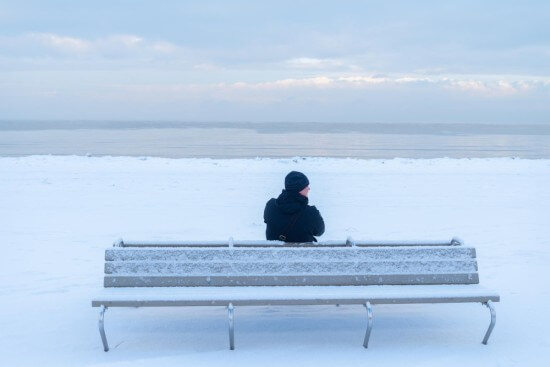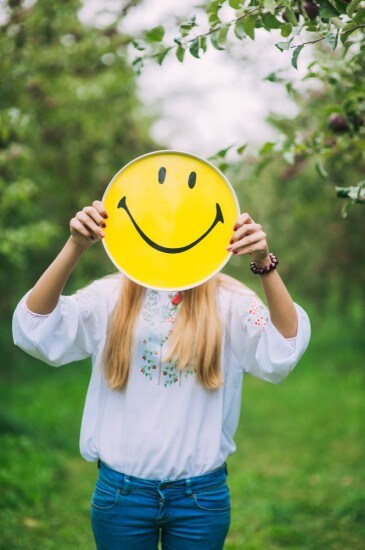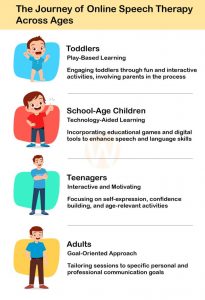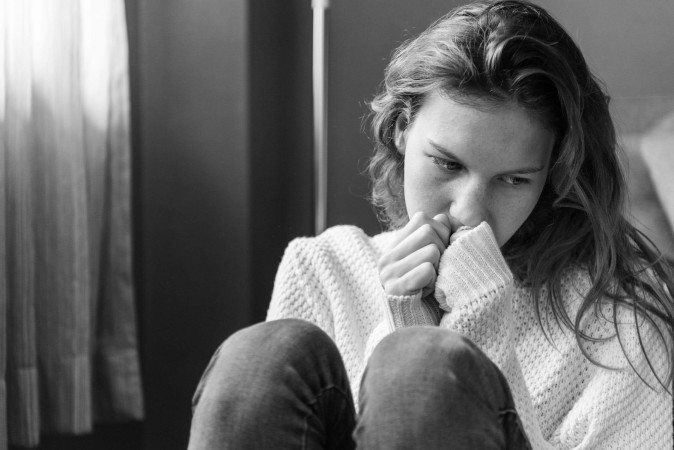Blues on Grey Days | Seasonal Affective Disorder | SAD
By Prapoorna M
Last Updated: November 27, 2021
Most of us romance the rains and look forward to the monsoon season. However, there are some who fear the monsoon and on rainy, dreary and grey days they feel blue. They dread the cloudy skies, the incessant showers and the lightning that create a gloomy and foreboding atmosphere for them. Such people are likely to feel low and depressed during the monsoon season.
They may be experiencing a type of Seasonal Affective Disorder (SAD), an acronym that describes the predominant mood. SAD is a form of clinical depression that is associated with specific seasonal changes. Depression during winter months is another form of SAD.
Psychiatrists and psychologists first recognized the condition some decades ago, when they observed the effects of reduced sunlight during the winter months on mental health. In tropical locations like most of India, this effect is more prevalent during the monsoons, hence the rainy season blues. Today, SAD is recognized as a depressive disorder that can trigger the same symptoms as non-seasonal depression. What is notable about this form of depression is that the ill effects are temporary – symptoms surface and resolve with the onset and passing of the monsoons.
Symptoms of Monsoon depression
A noticeable change in mood, appetite, and energy levels with the onset of the monsoon is an indicator of monsoon depression. Common symptoms of monsoon depression include fatigue, loss of interest in hobbies, overeating, increased irritability, and social withdrawal. In addition, some people also start to experience food cravings, typically drawn towards high sugar and refined carbs – everything classified as comfort food.

What Causes Monsoon depression?
Monsoon depression is a physiological response to lack of sunlight. Decreased exposure to sunlight can lead to changes in diurnal body rhythms. Limited ultra violet exposure affects the production of melatonin, serotonin and Vitamin D, three integral influencers of our mood: Melatonin levels increase, triggering lethargy and drowsiness; meanwhile, our levels of seratonin, a neurotransmitter that affects mood and appetite, take a nosedive. And of course, less sunlight means low levels of Vitamin D, which is also linked to depression.
Finally, our circadian rhythm, the 24-hour clock of our bodies, gets disrupted during extreme winters or when there is no sunlight for days at end.
If people spend a lot of time focusing on the negative (stormy weather), this could lead to the habit of focusing on other negative aspects of their life. Constant focus on what is wrong in their life and focusing on what they can not control could lead to situational depression. It is also possible that people who are generally more active and outgoing may feel a ‘let down’ in times of bad weather when activity becomes limited. This may well be a vicious cycle of a negative psychological effect . . . along with the physiological effects of less exercise, less activity, and so on.
Other people may feel unhappy or anxious during bad weather because of the possibility of being harmed. People who have actually been injured during bad weather could have very negative reactions. But, as with any mental health issue, biological factors like gender and genetic predisposition, as well as stress play some role.
Overcoming Seasonal Depression
SAD is a form of depression that requires treatment, which involves the use of light therapy and Cognitive Behavioural Therapy (CBT). This combination is most effective for SAD, but in severe cases, psychiatrists may also need to prescribe medications. While light therapy helps address the underlying cause of SAD, behavioral therapy helps empower the patient and encourages a breakout from the cycle of depression.
Having a better understanding of depression or rather, seasonal depression, gives insight into how it affects moods and emotions. This knowledge helps make a conscious effort to regain control over the moods and emotions. In addition to seeking treatment, lifestyle changes can also help to minimize the effects of the monsoon on your moods. Some of these changes include staying active, following a routine of healthy eating and engaging in meaningful relationships and spending time pursuing enjoyable activities.
Additional activities are described below:
Call your friends over for a hot cup of coffee: The best way to relax and
enjoy the season is by calling over friends to your home for a hot cup of tea/coffee. Chatting, board-games and movie marathons can help romanticize the weather when you have people around you.
Go for a long walk: Rains can be energizing. The cool weather instantly lifts your mood and you won’t feel gloomy. It will also give you ample amount of time to think about yourself. The walk has to be normal or slow-paced.
Brighten yourself up: Bright colored clothes (pink, blue, yellow, green, bright orange) instantly lift one’s mood and help one stay happy and lively.
Physical activity is a must: Monsoon makes one lazy and becomes a mood
spoiler. Simple exercises will lift one’s mood.
Pamper yourself: Spa treatment or indulging one one’s favourite comfort food will cheer people. Above all, remember that these feelings you have are just as temporary as the monsoons!
Book your Free Consultation Today
Parent/Caregiver Info:
Client’s Details:
* Error Message









